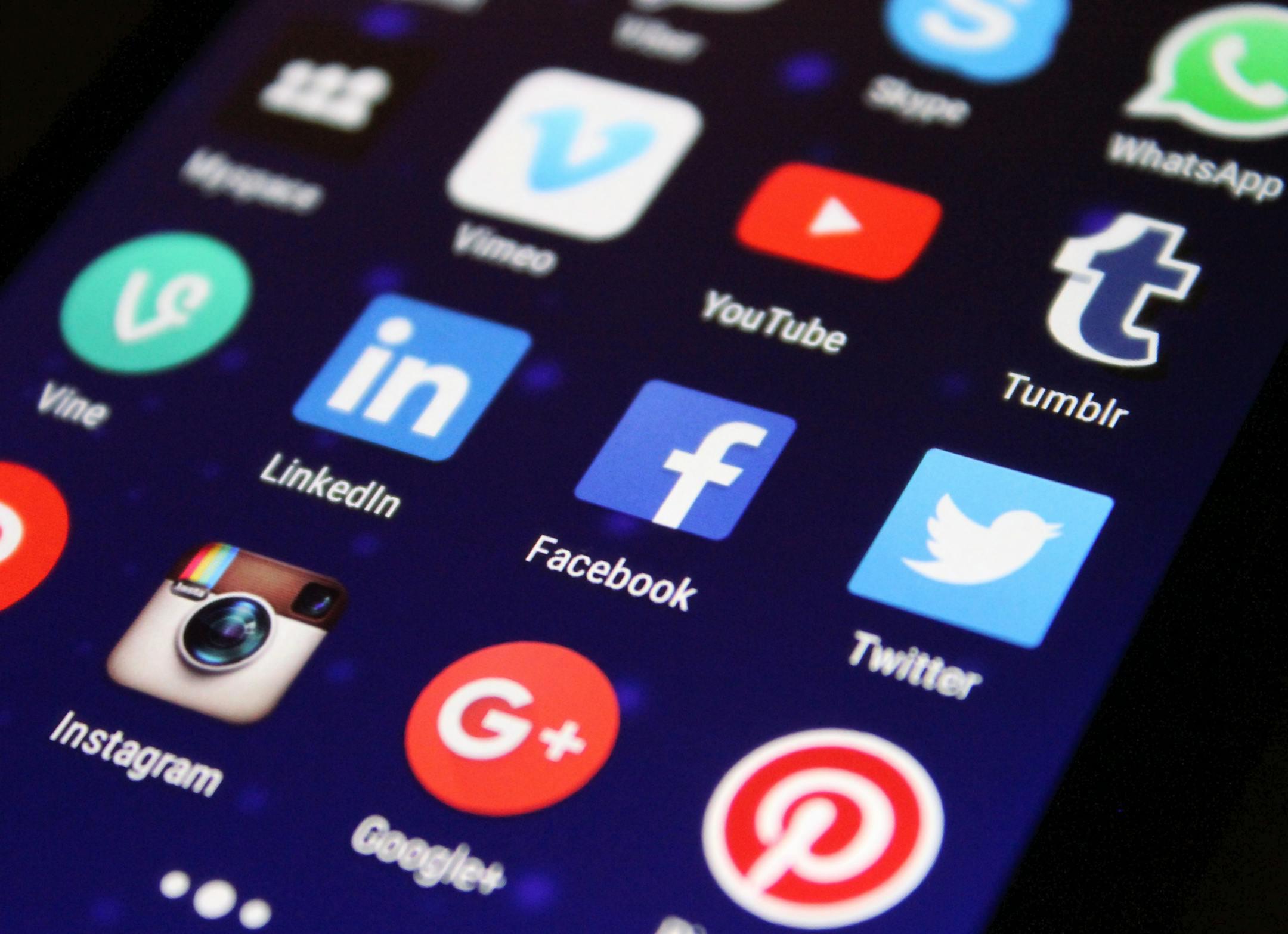
In today's fast-paced digital landscape, journalists face unprecedented challenges not only in gathering news but also in safeguarding their lives and the safety of their sources. For journalists, digital risk is no longer limited to identity theft or account compromise; instead, it serves as a gateway to physical danger. Operating in authoritarian environments or navigating volatile protests can expose journalists to threats that extend far beyond their digital practices. A compromised device can betray a journalist's location, implicate sources in sensitive conversations, and put their reporting missions at risk. This reality amplifies the need for heightened awareness and proactive measures in protecting both stories and storytellers.
At Crisis Ready Media, we recognize that digital security directly impacts physical safety. Our Digital Risk Assessment Workshop empowers journalists to identify their vulnerabilities and implement strategies to mitigate risks. By understanding the connection between digital lapses and potential physical dangers, journalists can better prepare for high-stakes assignments. This blog post will guide you through the critical questions to ask before embarking on risky reporting missions and offer practical tips for cultivating a culture of digital hygiene. Embracing these essential habits not only protects individual journalists but also fortifies the entire network of drivers, fixers, translators, and sources who collectively contribute to the pursuit of truth.
Understanding the link between digital risks and physical safety
In today's interconnected world, journalists face an unprecedented array of digital threats that go far beyond mere identity theft or account compromise. For those operating in authoritarian environments, at volatile protests, or in conflict zones, a compromised device can betray crucial information, such as a journalist’s location or the identities of their sources. These digital vulnerabilities can escalate into dire physical dangers, potentially putting the journalist's life and the safety of those they report on at risk. A hacked device not only jeopardizes a story but also exposes personal safety to significant dangers in high-stakes situations.
As instances of digital breaches leading to real-world consequences become increasingly common, journalists must recognize the profound link between digital security and physical safety. Geotagged photos, unprotected communications, or vulnerable devices can provide hostile actors with critical information, ultimately threatening the safety of everyone involved in a story. As journalists navigate an increasingly hostile information landscape, they must remain vigilant and proactive about their digital practices. Understanding the potential repercussions of digital lapses will empower them to protect their stories, their sources, and their own well-being.
Critical questions to consider before high-risk assignments
Before embarking on high-risk assignments, journalists must take a proactive approach by asking critical questions that can unveil potential threats. Understanding what devices, apps, or files you carry is essential to protecting both your own safety and the safety of your sources. Could the information on your laptop inadvertently expose sensitive interviews or research? Are there specific laws or surveillance practices in the region that could put you at risk? By contemplating these questions, you can begin to identify vulnerabilities that could escalate from a digital breach to a physical threat.
Furthermore, it is crucial to assess the implications of your digital activities. Imagine being stopped and searched while traveling; what data might be discovered that could compromise your reporting mission or endanger those you work with? By carefully evaluating the risks associated with each item you carry and the digital tools you use, you can pave the way for a safer reporting experience. Engaging in this thought process not only protects you as a journalist but also reflects a broader commitment to safeguarding your network of sources and colleagues in challenging environments.
Building a culture of digital hygiene for enhanced field safety
Implementing a culture of digital hygiene is paramount for journalists working in volatile environments. By routinely adopting essential habits, journalists can significantly reduce their risk of digital breaches and the associated physical threats. Simple actions like using encrypted messaging apps such as Signal for source conversations, turning off devices during sensitive travel, and avoiding public Wi-Fi can create substantial barriers against would-be adversaries. Additionally, backing up and removing sensitive data before travel can safeguard critical information in case of device loss or seizure. Each of these practices acts as a protective layer, ensuring that journalists maintain control over their digital footprint while operating under high-stakes conditions.
Moreover, performing regular security audits and consistently logging out of apps can reinforce a culture of vigilance among journalists and their teams. These precautions help to mitigate risks associated with potential surveillance and unauthorized access, fostering a safer working environment for everyone involved. It's not just about individual safety; implementing these practices can protect a broader network of drivers, fixers, and sources who may also be at risk. By embedding these digital hygiene practices into everyday routines, journalists can better safeguard themselves and their stories, ultimately contributing to the integrity of their reporting efforts and the safety of those who support their work.
